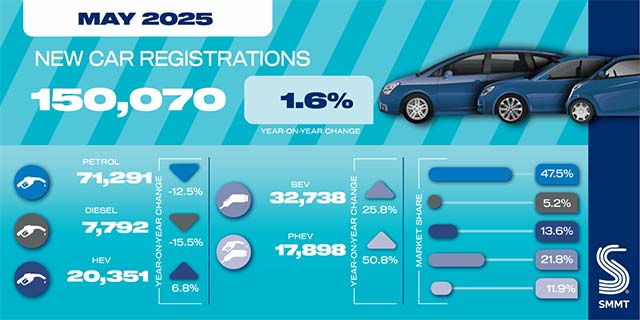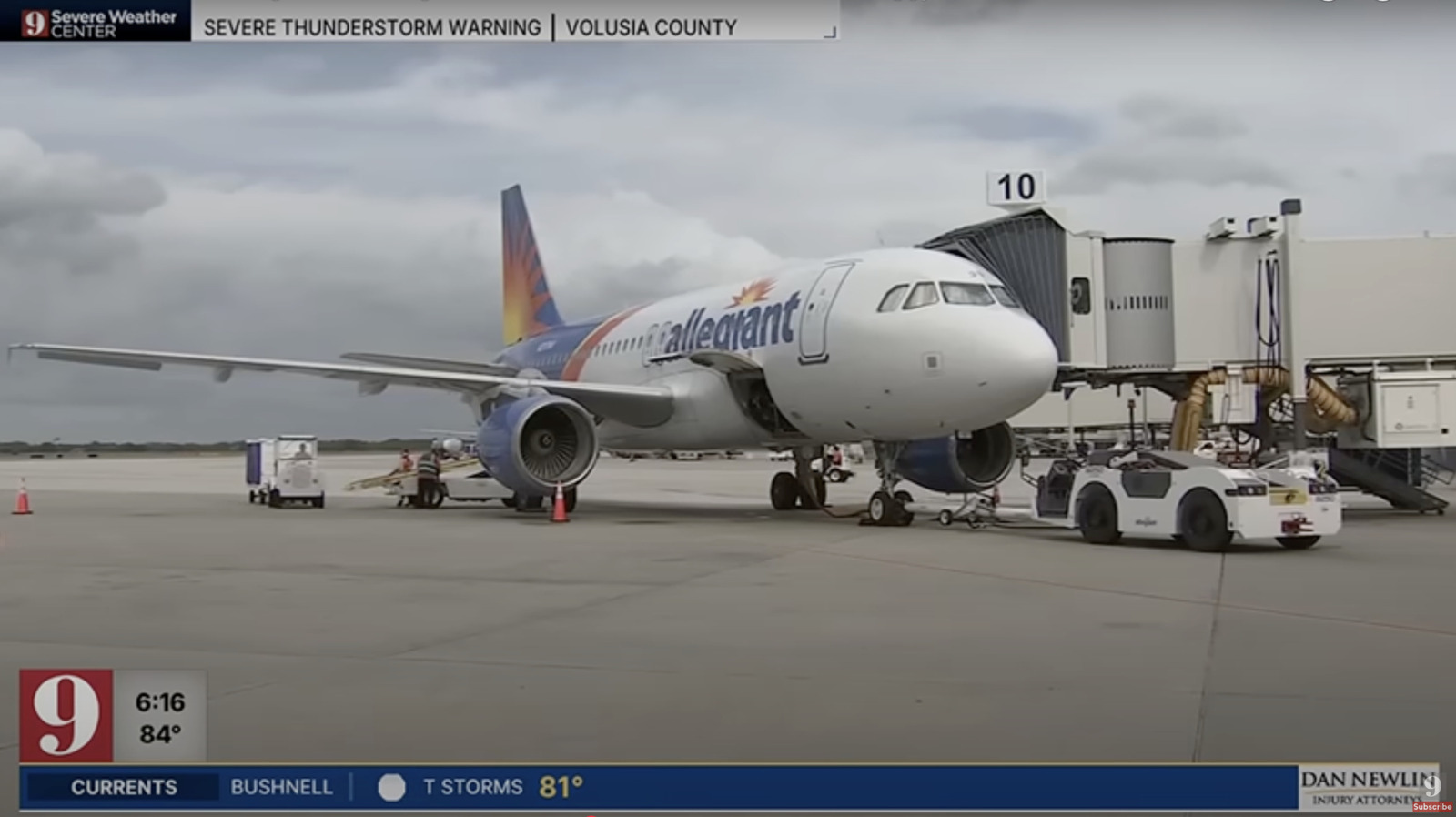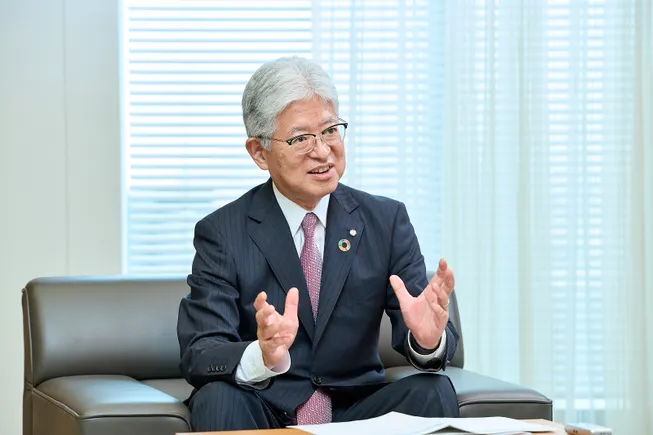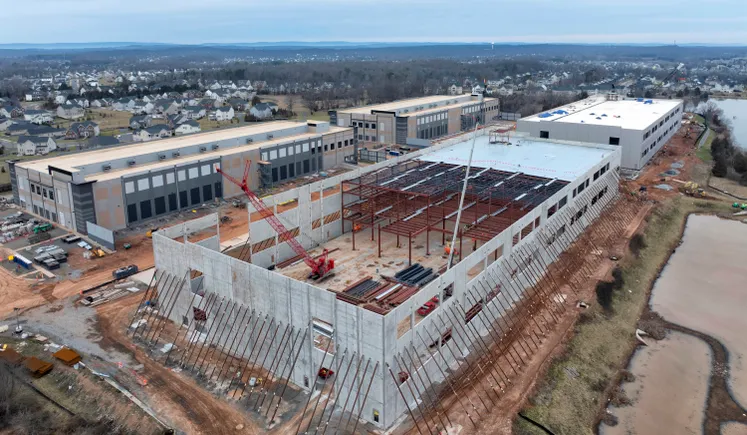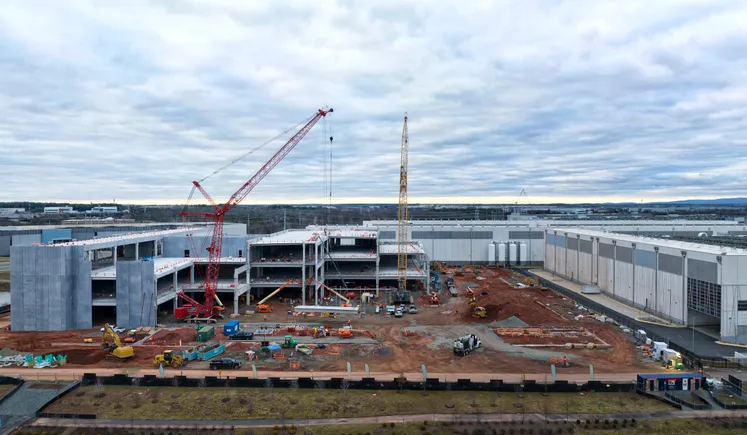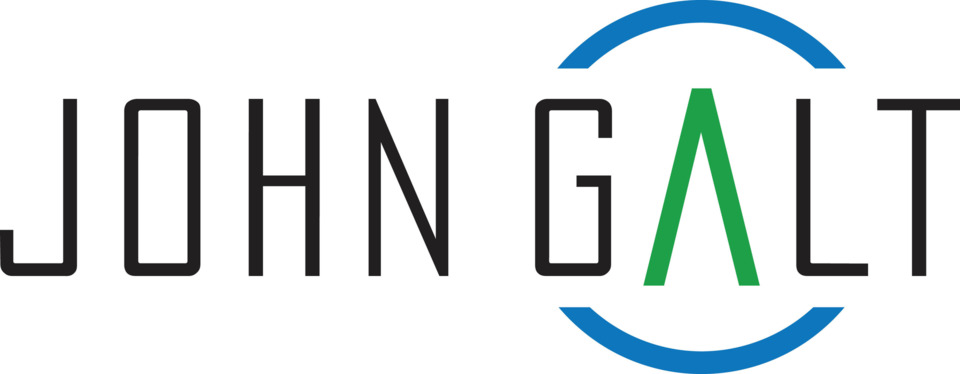Manhattan Associates’ Strategic Vision – Unifying Platforms Integrating AI and Leading the Future
At this year’s keynote, Manhattan Associates outlined its current strategic direction, underscoring platform unification, AI integration, and leadership transition. The presentations provided a clear account of the company’s continued investment in product development and operational capabilities, alongside practical use cases from customer deployments. Leadership Transition and Strategic Continuity Eddie Capel, Chairman of the Board opened […] The post Manhattan Associates’ Strategic Vision – Unifying Platforms Integrating AI and Leading the Future appeared first on Logistics Viewpoints.
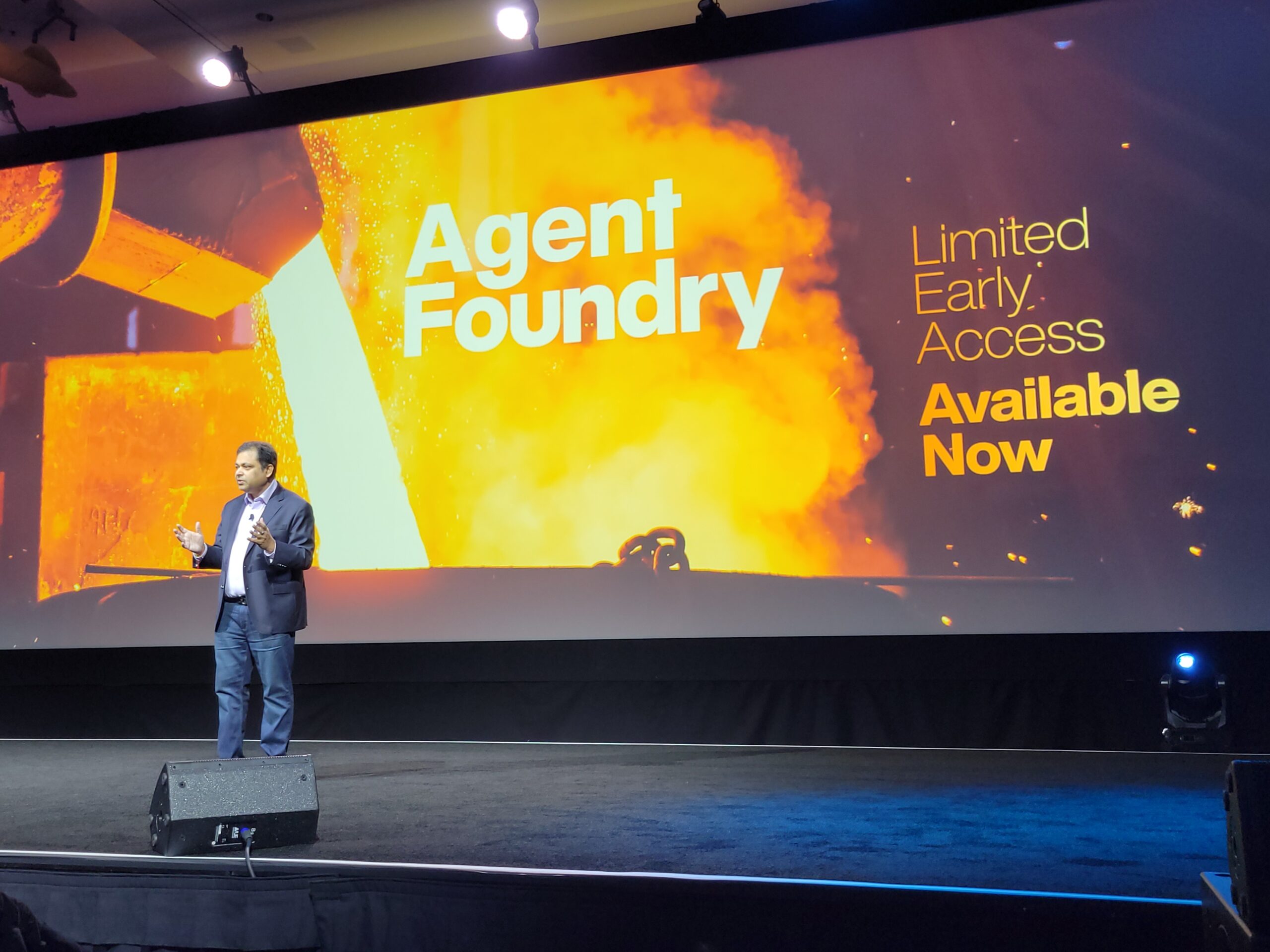

At this year’s keynote, Manhattan Associates outlined its current strategic direction, underscoring platform unification, AI integration, and leadership transition. The presentations provided a clear account of the company’s continued investment in product development and operational capabilities, alongside practical use cases from customer deployments.
Leadership Transition and Strategic Continuity
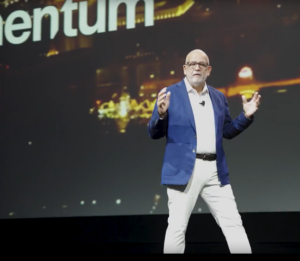
Eddie Capel, Chairman of the Board opened the event by reaffirming Manhattan Associates’ ongoing focus on innovation, partnership, and adaptability. His comments reflected a long-term orientation: technology and strategy are expected to evolve in parallel with shifts in the global supply chain environment. Capel’s remarks highlighted the need for organizations to remain operationally synchronized—across systems, partners, and functions.
He emphasized that tools must speak the same language to support efficient, intelligent operations. Capel also referenced the increasing importance of modular, interoperable systems and the company’s work to reduce friction across supply chain processes. His introduction of Eric Clark as the incoming President and CEO framed the leadership change as an extension of Manhattan’s current trajectory rather than a pivot.
Eric Clark: Emphasis on People, Platform, and Market Responsiveness
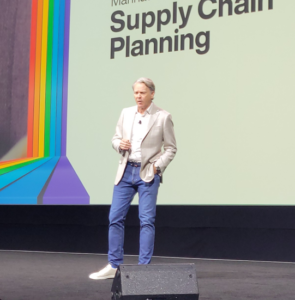
Eric Clark, President & CEO opened by acknowledging the legacy of the organization and thanking Eddie Capel and the broader team for their support. He explained that his decision to join Manhattan was shaped by three main factors: the quality and depth of the team, the pace of platform innovation, and the resilience of the customer community. In his view, these components form the foundation for long-term operational and commercial success.
Clark cited the Manhattan Active Platform as a differentiated asset in the enterprise technology market. Built as a unified suite rather than integrated point solutions, the platform includes end-to-end functionality across supply chain execution, commerce, and planning. He stressed the strategic advantage of managing all functions on a single codebase, which allows for faster updates, stronger data integration, and reduced implementation complexity.
Recent examples included the rollout of a new inventory planning application and the introduction of a hybrid AI-powered demand forecasting engine. Clark noted that these developments were designed to meet emerging customer needs, particularly in markets experiencing unpredictable demand and inventory constraints.
He also introduced the company’s new agentic AI strategy—referring to intelligent software agents that can make autonomous decisions and manage specific operational tasks. According to Clark, these agents are being deployed to reduce manual intervention and enable more adaptive, responsive systems in real-time environments.
Brian Kinsella: Practical Application of Platform Unification
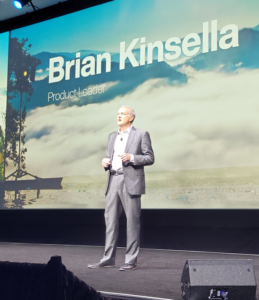
Brian Kinsella, Senior Vice President, Product Management, focused on the measurable outcomes associated with unified applications. He reported that over 25 customers are currently moving toward unified supply chain execution—leveraging consistent data models, processes, and system behaviors across distribution, transportation, and fulfillment functions.
Kinsella detailed recent functionality developed to support these goals. Examples included dynamic trailer door assignments, shipment planning enhancements, drag-and-drop yard visualization tools, and integrated labor planning modules. Each feature was tied to a larger goal: removing operational silos and enabling system-wide coordination.
He introduced a new solution called Enterprise Promise and Fulfill, built to address enterprise-wide inventory visibility and order fulfillment orchestration. Unlike traditional order management systems, this application incorporates live data from across the network and supports multi-node order allocation and dynamic lead time calculation.
Kinsella also stressed that unification is not only a design goal but a practical enabler of speed, accuracy, and efficiency for customers seeking to simplify multi-system architectures.
Sanjeev Siotia: AI Agents and System Architecture
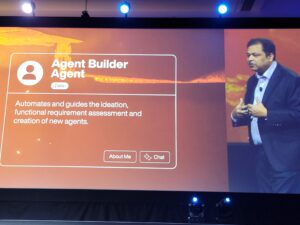
Sanjeev Siotia, Executive Vice President & CTO, provided a technical update on the Manhattan Active Platform. He explained how the company’s API-first, microservices-based architecture serves as the basis for current and future enhancements. Each service operates independently while integrating seamlessly, allowing for more resilient deployments and easier scaling.
Siotia introduced the concept of agentic AI in greater detail. These agents are software entities powered by large language models, capable of coordinating tasks, making decisions, and adapting in real time based on context. This capability marks a shift from traditional rule-based systems to more flexible, learning-based automation.
He offered specific examples, including a labor optimization agent designed to monitor warehouse workflows and adjust assignments dynamically. These agents are already in production, contributing to operational task management and responding to thousands of user queries.
To support broader adoption, Siotia announced the launch of Agent Foundry—a toolkit for customers to create and deploy their own AI agents. He also noted a strategic collaboration with Google to support interoperability between Manhattan’s AI agents and external platforms, ensuring customers can extend capabilities as needed.
Customer Case Study: Duluth Trading Company
AJ Sutera, Senior Vice President, Chief Technology & Logistics, of Duluth Trading Company, presented a customer case study highlighting the retailer’s digital transformation over the past several years. He outlined the company’s approach to rethinking fulfillment, digital strategy, and 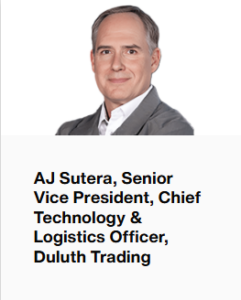 channel operations, particularly as part of a major warehouse automation investment.
channel operations, particularly as part of a major warehouse automation investment.
Sutera described a $60 million project to build an automated fulfillment center in Adairsville, Georgia, launched in September 2023. The initiative was supported by partners including Manhattan Associates, Summit Advisory Services, and others. According to Sutera, the facility has improved operational metrics related to order accuracy, fulfillment speed, and labor efficiency.
His remarks focused on change management as much as technology—emphasizing the need for new skills, clearer roles, and accountability across teams during the transformation process. He credited strong partnerships and coordinated execution as key factors in the project’s success.
Ann Ruckstuhl: Platform Availability and Ecosystem Partnerships

Ann Ruckstuhl, Senior Vice President & CMO, concluded the session by discussing Manhattan’s go-to-market ecosystem. She confirmed that Manhattan Active Solutions are now listed on the Google Cloud Marketplace, increasing availability and simplifying access for enterprise buyers.
Ruckstuhl discussed the company’s partner strategy, including collaboration with Shopify and Google to expand AI-enabled solution delivery. These partnerships are intended to support more flexible deployment options and help customers build integrated commerce experiences.
She encouraged attendees to explore current capabilities through the Unity Pavilion and hands-on demonstrations, which included AI agent use cases, platform configurability, and roundtable discussions on sector-specific applications.
Manhattan Associates used the keynote to communicate its continued investment in unified system design, AI functionality, and customer enablement. The leadership transition from Eddie Capel to Eric Clark was framed as a handoff aligned with the company’s existing direction.
With live deployments of unified applications, practical AI agents in use, and new tools for customer-led development, the company is positioning itself for scalable execution across complex supply chain environments. The focus remains on reducing system fragmentation, simplifying operations, and improving business responsiveness in a dynamic global market.
The post Manhattan Associates’ Strategic Vision – Unifying Platforms Integrating AI and Leading the Future appeared first on Logistics Viewpoints.
























